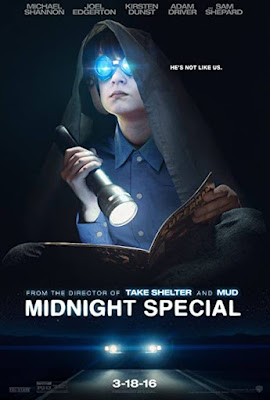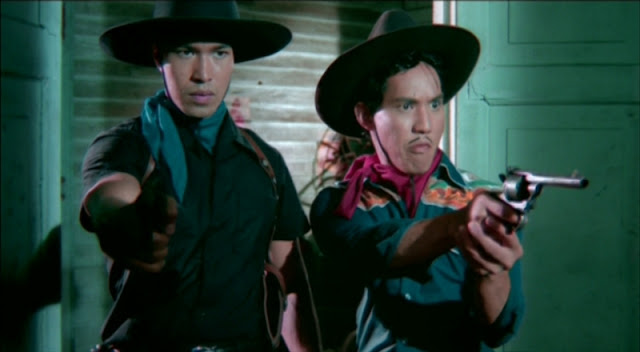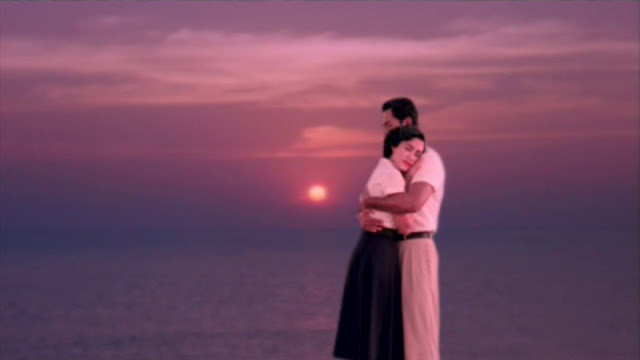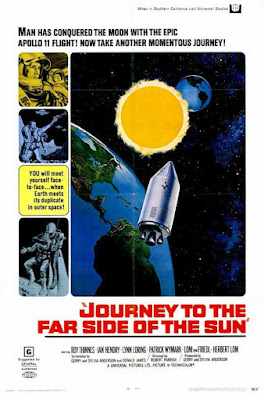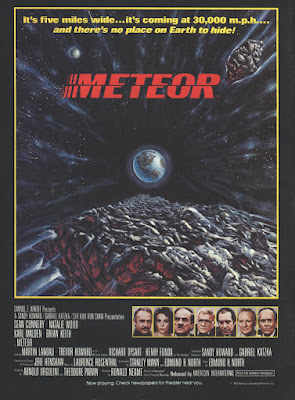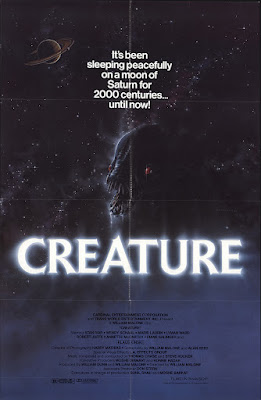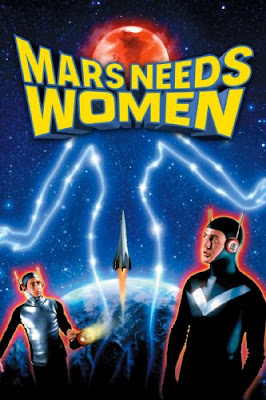Filibus (1915) Demure Baroness Troixmonde moonlights as calculating master criminal Filibus. And if that’s not enough, she also appears as the dapper, mustachioed Count de la Brive. Valeria Creti’s triple-threat characters crosses genders and societal expectations as she stays one step ahead of Detective Kutt-Hendy (Giovanni Spano). While she hatches a scheme to pin Filibus’ recent thefts on the detective, she (under the guise of Count) woos his sister, Lady Leonora (Cristina Ruspoli). Troixmonde is assisted in her stealthy pursuits by a loyal team of henchmen, who keep her dirigible constantly at the ready.
This immensely enjoyable tongue-in-cheek romp recalls the exploits of Arsène Lupin, and its DNA is seemingly embedded in the films of Karel Zeman and Hayao Miyazaki. The only bad thing is that it will definitely leave you wanting more, as it was the one and only filmed adventure for Filibus.
Rating: ****. Available on Blu-ray, DVD and Kanopy
The French Sex Murders (1972) In director Ferdinando Merighi’s lively mystery/thriller, set in Paris, Inspector Fontaine (played by Bogart lookalike Robert Sacchi) investigates a series of murders in a brothel. After the prime suspect dies in a gruesome motorcycle accident, it’s anyone’s guess who the real killer is. The impressive cast includes Anita Ekberg as a madam, along with giallo mainstays Howard Vernon, Rosalbo Neri and Barbara Bouchet. Sure, the elements are nothing new, but it’s an enjoyable way to spend 90 minutes.
Rating: ***½. Available on DVD (Out of print) and Tubi
Midnight Special (2016) Alton (Jaeden Martell), an eight-year-old with uncanny powers, becomes the unwitting object of a tug-of-war between his parents and unscrupulous parties who want to exploit him for their own ends. Roy (Michael Shannon) tries to protect his young son from harm while evading the FBI and members of a doomsday religious cult (Sam Shepard plays their charismatic leader). Midnight Special starts with an intriguing premise (which owes more than a little to Starman), but it suffers from uneven pacing and two-dimensional characters. At times, the story appears unpolished, raising many questions that remain frustratingly unanswered. The film boasts solid performances by Shannon, Kirsten Dunst (as his estranged wife Sarah), Joel Edgerton (as his best buddy Lucas), and Adam Driver as a government analyst with a soft spot, but it could have been something so much more.
Rating: ***.
Available on Blu-ray and DVD
Murder Mansion (aka: La Mansion de la Niebla) (1972) This tepid Spanish mystery from director Francisco Lara Polop owes much to the haunted house movies of yesteryear. Stop me if you’ve heard this one before: a mismatched bunch of fog-bound travelers are forced to spend the night in an old mansion, but someone (or something) wants to kill them. It’s too talky for its own good, with a creaky plot that would have seemed old hat a half-century before. The big “surprise” is right out of any given Scooby Doo episode (if you added homicide), and there’s little to no chemistry between the dull and/or unlikeable leads. Do yourself a favor and see The Cat and the Canary (1927) instead.
Rating: **½.
Available on Tubi



